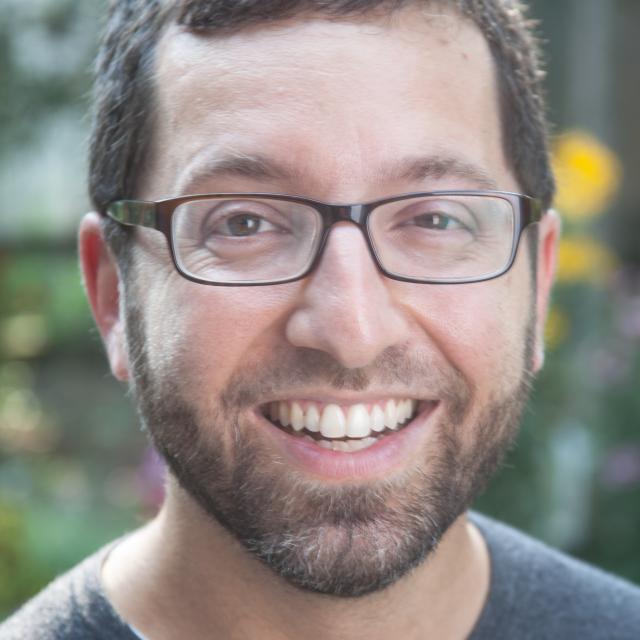The Niven/Hugh C. Morris Distinguished Lecture: Jordan Ellenberg
Topic
From malaria to ChatGPT: the birth and strange life of the random walk
Speakers
Details
The Niven Lecture is an annual lecture given to graduating math students, their family members and the general public at UBC.
Between 1905 and 1910 the idea of the random walk, now a major topic in applied math, was invented simultaneously and independently by multiple people in multiple countries for completely different purposes, from mosquito control to physics to finance to winning a theological argument (really!) I’ll tell some part of this story and also gesture at ways that random walks (or Markov processes, named after the theological arguer) underlie current approaches artificial intelligence, and what this tells us about the capabilities of those systems now and in the future.
About the Niven lectures:
Ivan Niven was a famous number theorist and expositor; his textbooks won numerous awards, have been translated into many languages and are widely used to this day. Niven was born in Vancouver in 1915, earned his Bachelor's and Master's degrees at UBC in 1934 and 1936 and his Ph.D. at the University of Chicago in 1938. He was a faculty member at the University of Oregon from 1947 until his retirement in 1982. The annual Niven Lecture Series, held at UBC since 2005, is funded in part through a generous bequest from Ivan and Betty Niven to the UBC Mathematics Department.
About the Hugh C. Morris lectures:
The Hugh C. Morris Lecture Series was generously endowed by Dr. Hugh Morris (1932-2012), former Chair of the PIMS Board of Directors, and long-time friend of the mathematical sciences. Dr. Morris had more than 40 years of experience in the mineral industry, including a term as Chairman and Chief Executive Officer of Imperial Metals, and was a fellow of the Royal Society of Canada. Dr. Morris was a member of NSERC's Council and Chairman of the Board of Directors of the Lithoprobe Project.
Hugh C. Morris Lectures are high profile lectures (aimed either at the broader public, or the scientific community) and take place around the PIMS Network.


